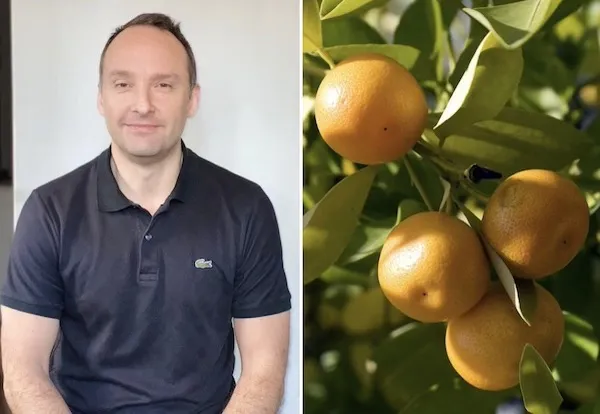The Chilean citrus season started a bit earlier than usual this year, according to Gianluca Bartolini, Commercial Manager of GLS International, who work with table grapes, citrus, avocados, blueberries, and will soon also offer cherries. “We are a 20-year-old company. We have established a unique system where we transform producers into exporters, being part of the grower as their commercial and logistic department. This has helped numerous producers maximize the returns on their products, and we have positioned their brands in different markets throughout the world,” Bartolini explains.

Lower orange volumes this year
Season has been earlier this year, but rains in the central-southern zone of Chile brought on a delay on Fukumoto variety. “The rain was certainly good news for Chilean agriculture,” Bartolini says. “For the oranges, the overall weekly harvest and export volumes are down this year. To date, Chile has exported around 11 percent less than we did last year, though that number should decrease as we progress through the season. The quality of Chilean oranges as always are very good.”
One of the reasons for the lower orange volumes coming out of Chile is due to the increased focus and demand for the easy peelers and soft citrus as well as the drought Chile has been facing, Bartolini explains. “This year, it is estimated that Chile will export around 83,000 tons of oranges, compared with 100,000 tons in 2019. Generally, the orange volumes in Chile tend to decrease as the citrus turnover becomes more concentrated on the soft citrus,” he says.
Pandemic brings good demand
Overall, the citrus category has been seeing unusually good demand due to the pandemic. “Consumers are very concerned with protecting themselves against the virus and want to boost their immune systems. To do this, they are looking to increase their vitamin C consumption, and citrus is a natural choice for this,” Bartolini explains. “We are seeing that the demand for oranges has increased this season over previous seasons. Specifically, for the smaller sizes that are packaged in netting. This is more convenient for the consumers and gives them a feeling of added safety when they purchase the product,” he adds.
The main market for Chilean oranges is the United States. “To date, they receive 91 percent of the Chilean orange volumes,” Bartolini shares. “At GLS, we also work with other markets such as Canada, Europe, South Korea and Central America. This year, there is the possibility of entering the Chinese market,” he concludes.
 For more information:
For more information:
Gianluca Bartolini
GLS International
Tel: +56-224994415
Email: gbartolini@gls.cl
www.gls.cl
